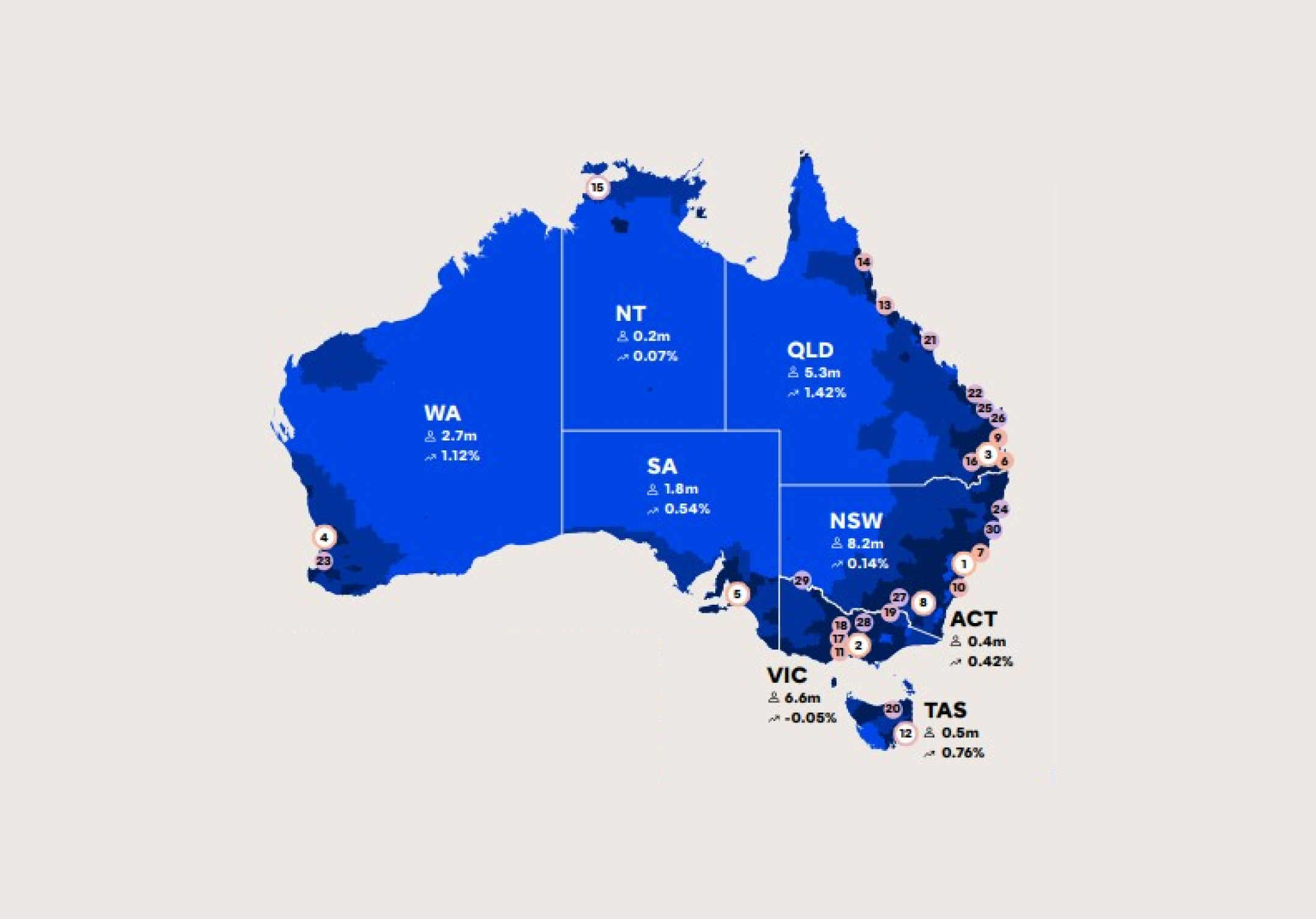Three in four employed Australians support women comprising 50% of leadership roles

Women comprise 47% of Australia’s workforce, yet make up only 5% of CEOs and only 20% of executive management in ASX 200 companies. When it comes to women in senior leadership roles, three in five Australians (59%) feel there are improvements needed to achieve equal representation.
Ahead of International Women’s Day on Friday 8th March 2019, McCrindle surveyed over 1,000 employed Australians aged 18-65, to gather their perspective on how Australia is tracking with regards to gender equality in our workplaces.
74% of employed Australians believe equal representation of women in senior leadership is important
Australians are positive towards women in leadership and in senior roles. Three in four employed Australians (74%) consider the goal of equal representation of women on company boards and in corporate leadership as important, yet many Aussies are not convinced it is being achieved. Almost half (46%) believe not enough progress is being made towards this ambition.
Generation Y (aged between 24 and 38) are the most likely generation to believe achieving 50% representation of women on boards and in senior leadership positions is an important goal, but one that not enough progress is being made towards. Half of Gen Y (51%) consider this goal to be important compared to 45% of Gen Z, 46% of Gen X and 37% of Baby Boomers.
As Generation Y are in the key years of establishing their career and moving towards leadership positions, it makes sense that they consider the equal representation of women in senior leadership positions as an important goal.
Three in five employed Australians believe there is room for improvement
Three in five employed Australians (59%) believe there is room for improvement when it comes to women in leadership and senior roles in our workplaces. Just 12% believe Australian workplaces are going extremely well in this regard, and that there is little left to improve. A further 28% believe it is going very well with not much room for improvement.
As we look to the future, the emerging generations will bring unique qualities to leadership roles. They will be portfolio-career holders with a broader perspective than just a domain knowledge, which is important for governance boards. Their entrepreneurial and global mindset will also be key to the value they bring to the workplace.
To set them up well, current business leaders need to create a culture of leadership development, encouraging and empowering this next generation of women as the leaders of tomorrow.
Not enough flexible working options seen as the main factor holding back Australian workplaces from achieving equal gender representation in leadership roles
More than two in five employed Australians (44%) strongly or somewhat agree that not enough flexible working options holds back Australian workplaces from achieving 50% women in senior leadership roles. This is followed by a lack of support for women exiting the workplace for family reasons (41% strongly or somewhat agree).
Flexible workplace conditions are key to overall employee engagement, particularly for women. This next generation of women will be post-dialectic in their nature, seeking both career advancement and a family. Women have a tremendous capacity to juggle various commitments but they do need the right flexibility and feel their chance for promotion won’t be compromised if/when they need time off.
Women in leadership viewed as a positive by Australian employees
Australian employees are in favour of their leader being a woman. Two in five employed Australians (21%) say their leader being a woman would be a positive, while 73% say it would make no difference to them if their leader was a woman.
Generation Z are more likely to consider their leader being a woman as positive (28%), compared to the average 21%. This may be in part because Generation Z were shaped in their formative years by a more diverse Australia, with both parents in the workforce. So are more likely to not only be tolerant of diversity in our workplaces but to embrace it.
Female employment growing more strongly than male employment
The rate of growth for women in the workplace continues to outpace the rate of growth for men in both full-time and part-time employment. Key factors in the increased participation rate include higher education rates among women, child care support and growth in traditionally female dominated service sectors.
Females will account for 58% of projected employment growth over the next 5 years to May 2023. Overall, female employment is projected to grow by 8.8% compared with 5.6% for males.
Read more in this Sydney Morning Herald article: ‘I was told they were looking for a man’: Shift in attitudes towards women in leadership roles.
About this study
This research was conducted by McCrindle Research in February 2019, based on a nationwide study of 1,160 respondents.
Listen below to Mark McCrindle’s insights about leadership lessons across generations on an episode of ABC’s This Working Life.
For media commentary contact us on 02 8824 3422 or at [email protected]





